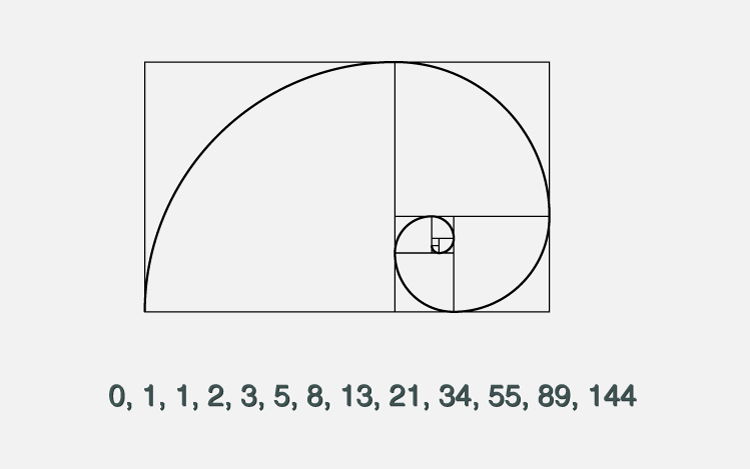C Program to Display Fibonacci Sequence #21
C Program to Display Fibonacci Sequence
Example on how to display the Fibonacci sequence of first n numbers (entered by the user) using loop. Also in different example, you learn to generate the Fibonacci sequence up to a certain number.

To understand this example, you should have the knowledge of following C programming topics:
- C Programming Operators
- C Programming while and do...while Loop
- C Programming for Loop
- C Programming break and continue Statement
The Fibonacci sequence is a series where the next term is the sum of pervious two terms. The first two terms of the Fibonacci sequence is 0 followed by 1.
The Fibonacci sequence: 0, 1, 1, 2, 3, 5, 8, 13, 21
Visit this page to learn about Fibonacci sequence.
Example #1: Fibonacci Series up to n number of terms
#include <stdio.h>#include <conio.h>
int main()
{
int i, n, t1 = 0, t2 = 1, nextTerm;
printf("Enter the number of terms: ");
scanf("%d", &n);
printf("Fibonacci Series: ");
for (i = 1; i <= n; ++i)
{
printf("%d, ", t1);
nextTerm = t1 + t2;
t1 = t2;
t2 = nextTerm;
}
getch();
}
Output
Enter the number of terms: 10 Fibonacci Series: 0, 1, 1, 2, 3, 5, 8, 13, 21, 34,
Example #2: Fibonacci Sequence Up to a Certain Number
#include <stdio.h>#include <conio.h>
int main()
{
int t1 = 0, t2 = 1, nextTerm = 0, n;
printf("Enter a positive number: ");
scanf("%d", &n);
// displays the first two terms which is always 0 and 1
printf("Fibonacci Series: %d, %d, ", t1, t2);
nextTerm = t1 + t2;
while(nextTerm <= n)
{
printf("%d, ",nextTerm);
t1 = t2;
t2 = nextTerm;
nextTerm = t1 + t2;
}
getch();
}
Output
Enter a positive integer: 100 Fibonacci Series: 0, 1, 1, 2, 3, 5, 8, 13, 21, 34, 55, 89,

Comments
Post a Comment